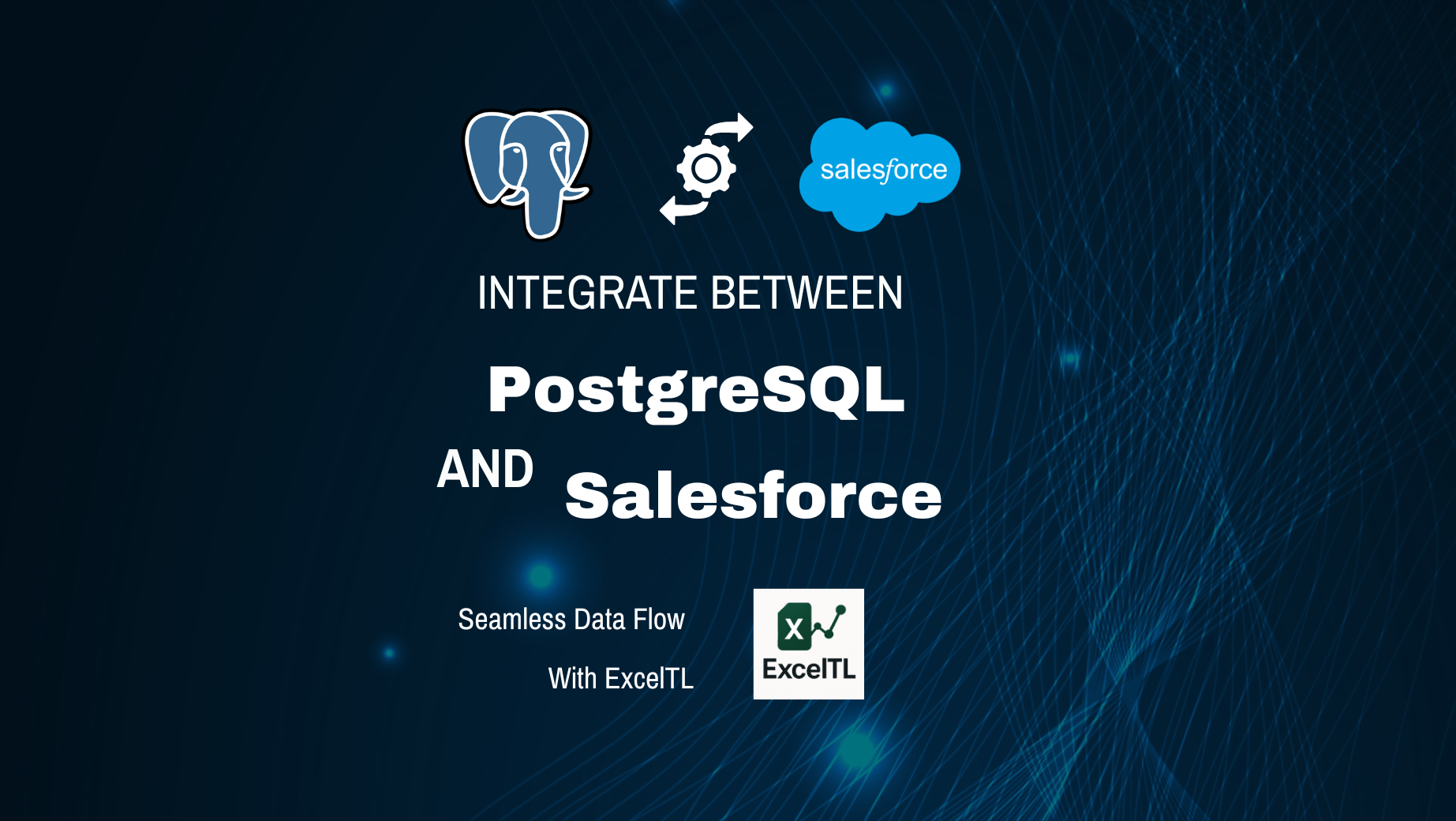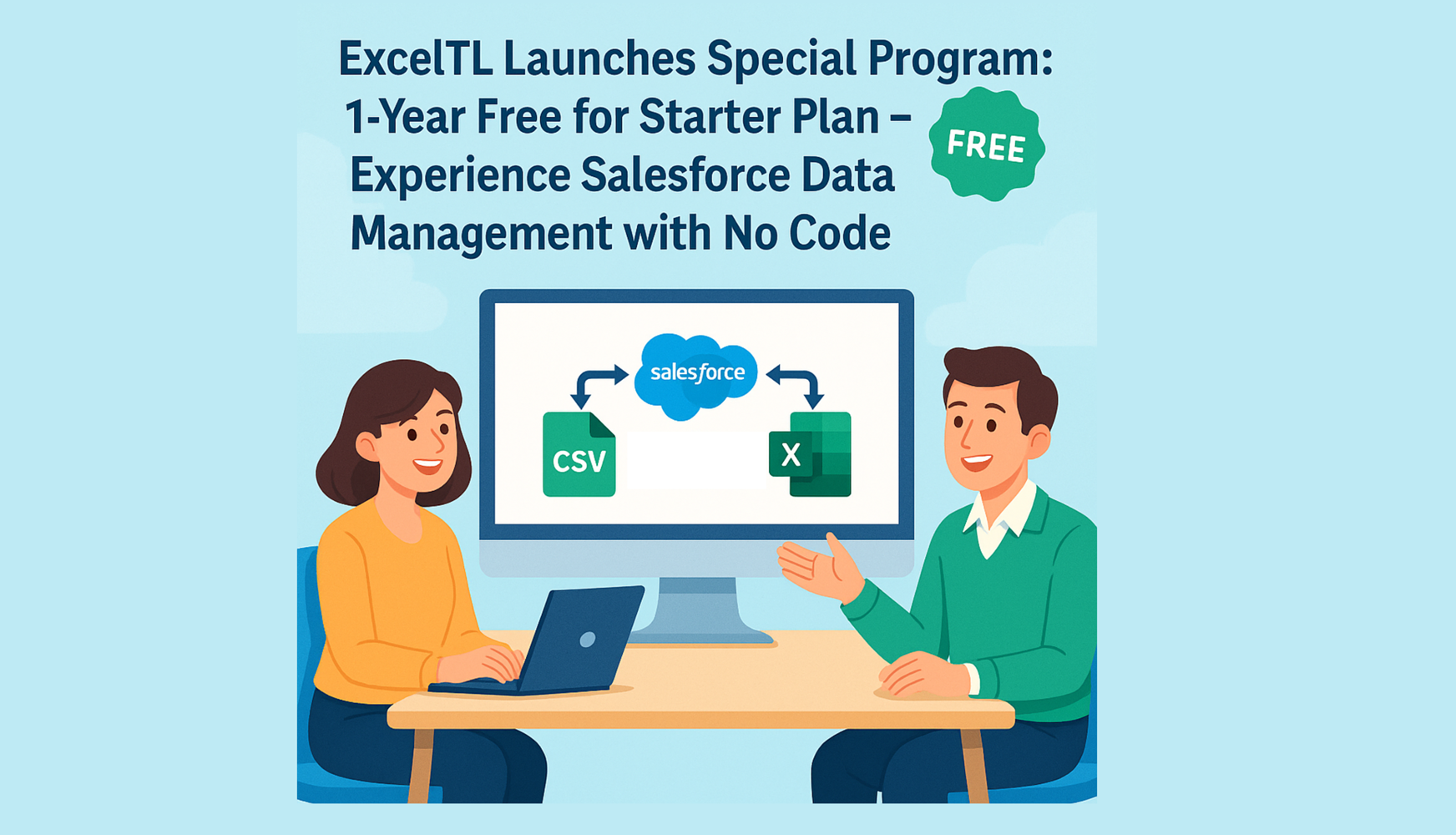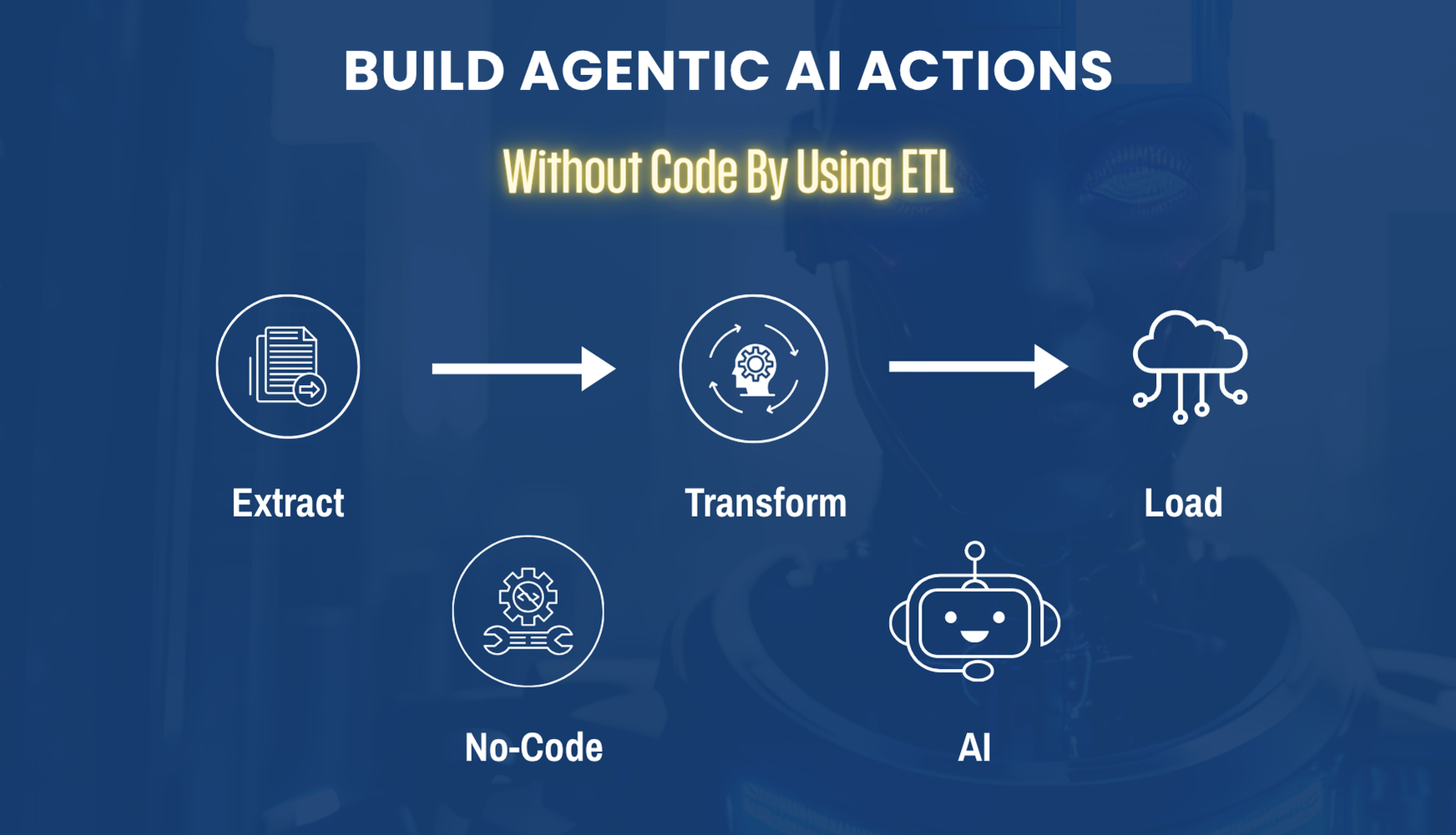Integrate Between PostgreSQL and Salesforce — Seamless Data Flow with ExcelTL

In modern data-driven environments, seamless integration between Salesforce and PostgreSQL is essential for analytics, automation, and synchronization.
With ExcelTL, you can easily connect these two systems — enabling secure, no-code data pipelines that move information in any direction you need.
🔄 Scenario 1: Salesforce → PostgreSQL (One-way Data Migration)
🧩 Use case:
You want to migrate Salesforce Lead or Contact records into a PostgreSQL table for analytics or reporting purposes.
🛠️ Steps:
-
Extract:
-
Connect to Salesforce via REST or Bulk API.
-
Query SELECT Id, Name, Email, Company, CreatedDate FROM Lead.
-
-
Transform:
-
Clean up email formats.
-
Normalize company names (e.g., uppercase).
-
Add migration timestamp.
-
-
Load:
-
Insert data into a PostgreSQL table.
-
-
Test:
-
Ensure row counts match.
-
Validate specific values and null checks.
-
🔄 Scenario 2: PostgreSQL → Salesforce (Data Upload)
🧩 Use case:
You have customer or product data in a PostgreSQL database and want to upload it into Salesforce Custom Objects.
🛠️ Steps:
-
Extract:
-
Query SELECT * FROM customer_data.
-
-
Transform:
-
Map customer_id to ExternalId__c.
-
Format phone numbers.
-
-
Load:
-
Upsert into Salesforce Customer__c using ExternalId__c.
-
-
Test:
-
Use Salesforce query tool or REST API to verify inserted records.
-
🔁 Scenario 3: Bi-directional Sync (Upsert Logic)
🧩 Use case:
You need to sync data between PostgreSQL and Salesforce based on last_modified_date.
🛠️ Steps:
-
Extract:
-
Fetch Salesforce records updated after the last sync.
-
Fetch PostgreSQL records updated after the same timestamp.
-
-
Transform:
-
Merge and deduplicate data.
-
Add sync logic to resolve conflicts (e.g., last-write-wins).
-
-
Load:
-
Upsert to both systems.
-
Track which system the record was last updated in.
-
🧪 Scenario 4: Audit + Logging Flow
🧩 Use case:
Track changes in Salesforce and write audit logs to PostgreSQL.
🛠️ Steps:
-
Extract:
-
Enable Field History Tracking in Salesforce.
-
Use SOQL to pull recent changes.
-
-
Transform:
-
Format into audit rows: object, field, old_value, new_value, modified_by, modified_at.
-
-
Load:
-
Insert into PostgreSQL audit_log table.
-
🧠 Scenario 5: Trigger-Based Integration (Optional Advanced)
🧩 Use case:
When a PostgreSQL row is inserted (e.g., new order), trigger a Salesforce Order__c creation.
🛠️ Steps:
-
Add a PostgreSQL trigger to a table.
-
On new insert, queue a job (write to a staging table or Kafka-like queue).
-
Let ExcelTL poll this staging table and push to Salesforce.
🚀 Power Integration with ExcelTL
With ExcelTL, all these integrations can be visually configured — no coding required.
Whether you’re synchronizing data, building analytics pipelines, or implementing automated workflows, ExcelTL helps you connect Salesforce and PostgreSQL securely, efficiently, and intelligently.


